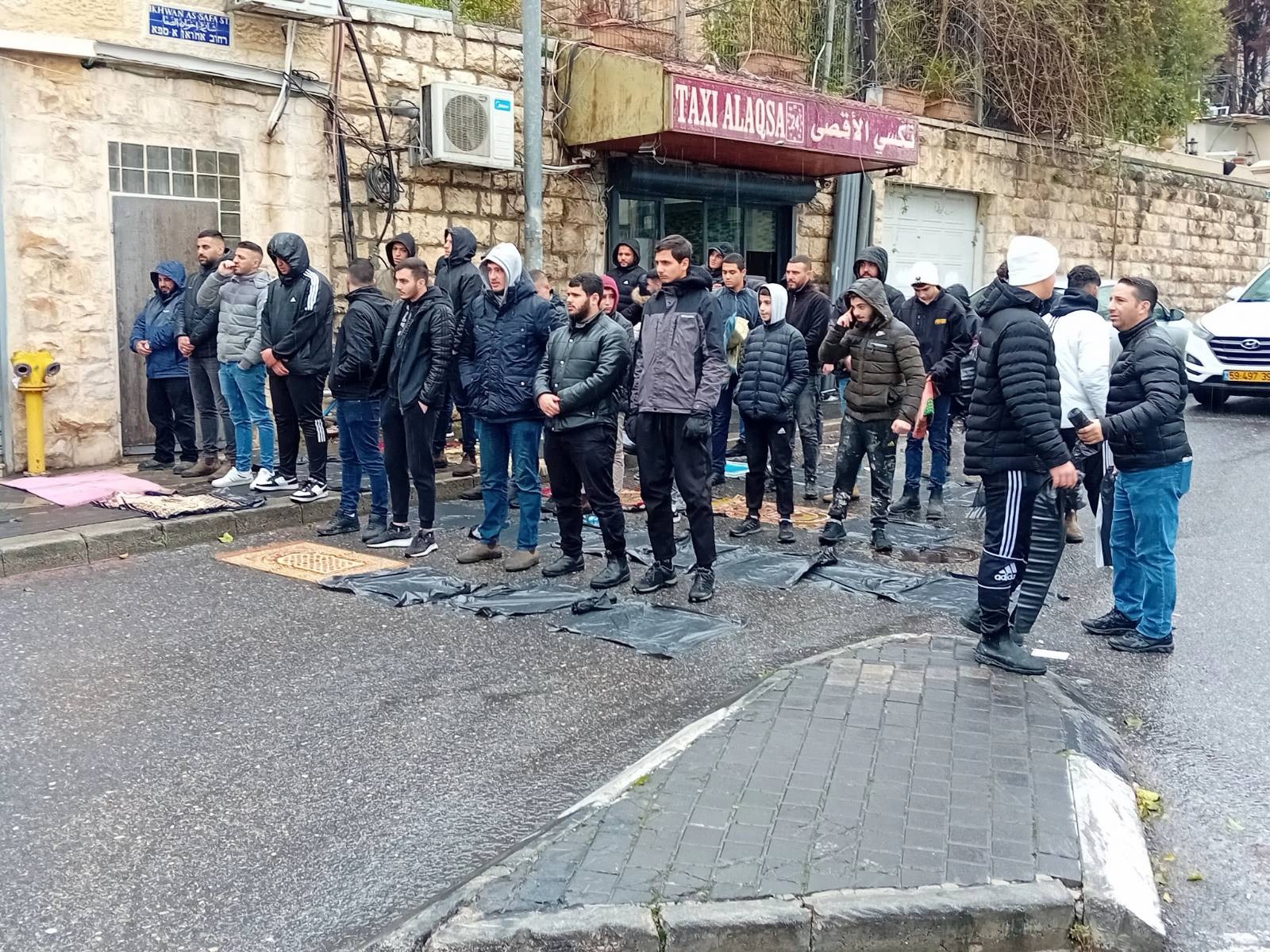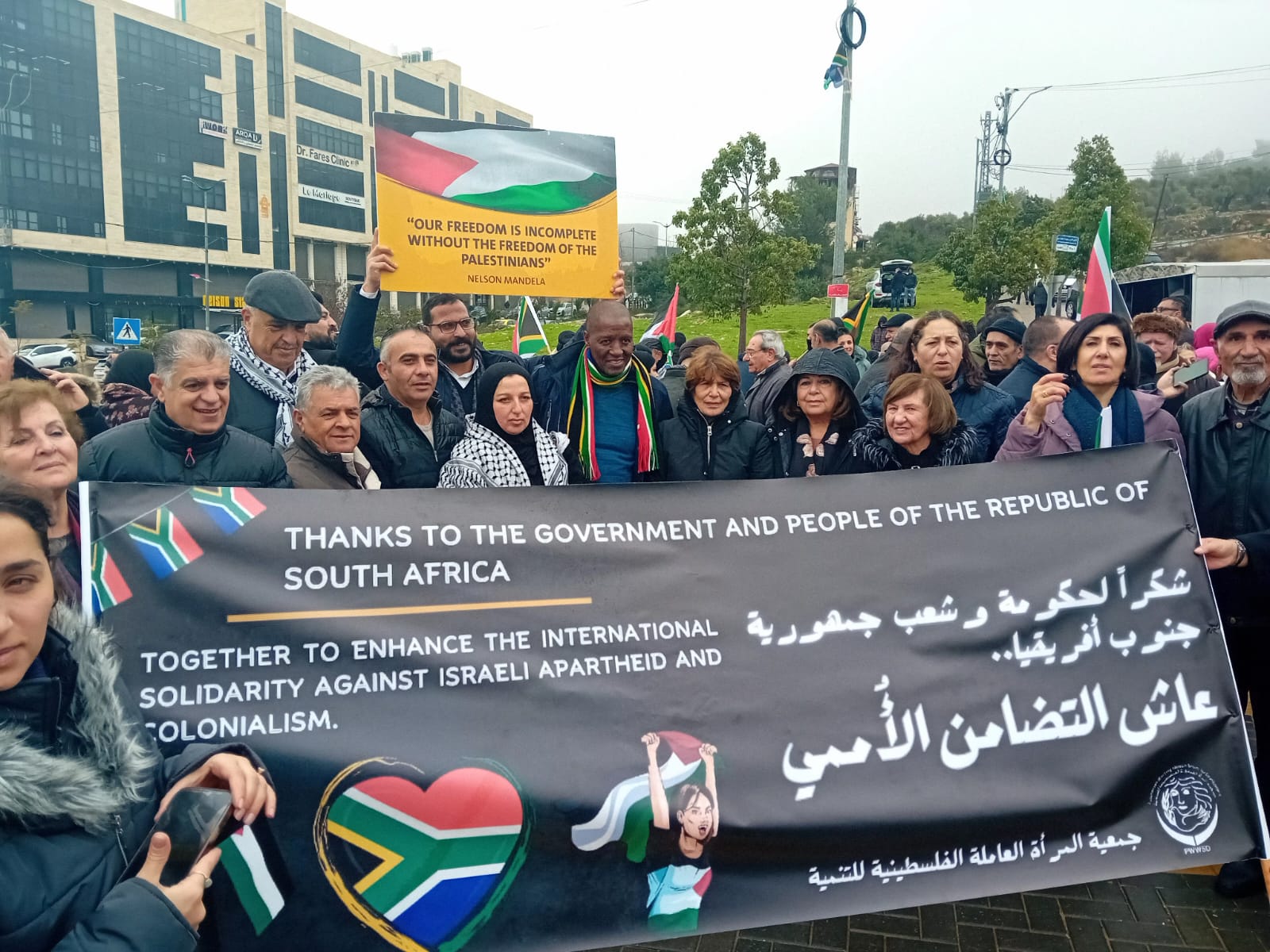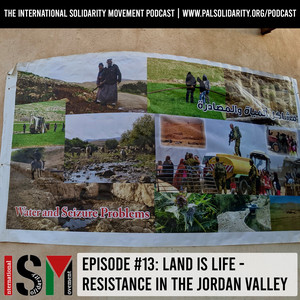Author: ISM Media
-
Muslim worshippers continue to be blocked from Al Aqsa Mosque
12 January 2024 | International Solidarity Movement | East Jerusalem Video showing the attack by the IOF on worshippers at Wadi Al Joz. Credit: ISM The arbitrary restrictions on Palestinian Muslims accessing the holy site in Jerusalem for prayers have now been in place for over four months. These restrictions continue to be imposed…
-
“A Place of Death and Despair.” South Africa Makes a Case for Genocide in the ICJ
11 January 2024 | International Solidarity Movement | The Hague, Netherlands It came through a series of damning statements. A striking case for genocidal intent and acts tantamount to genocide by Israel against the totality of Gaza’s Palestinian population, was presented in a powerful, if gut wrenching, presentation by South Africa’s legal…
-
ISM Podcast episode 13 – Jordan Valley Solidarity
This episode of the International Solidarity Movement Podcast was recorded last year, long before the current Israeli genocidal attack against Gaza began. Since te interview took place the situation in the Jordan Valley has got much worse. Jordan Valley Solidarity (JVS) is still working to support the people of the Jordan Valley to stay on…



